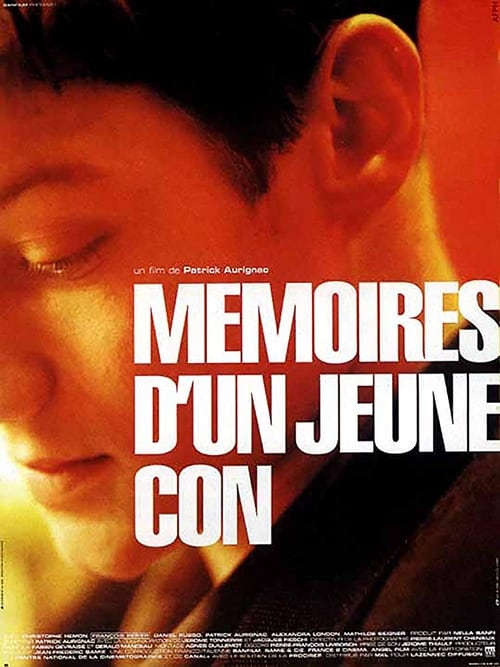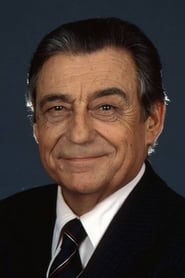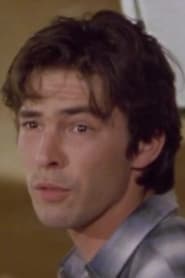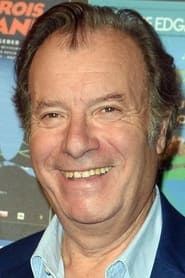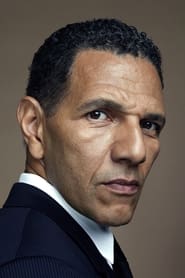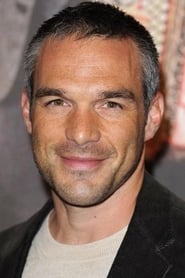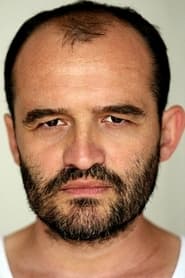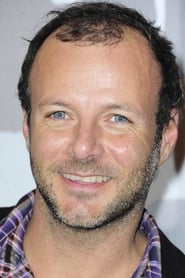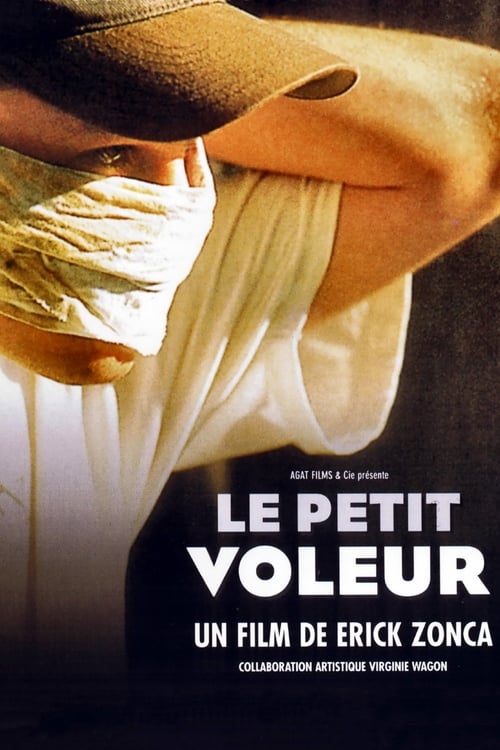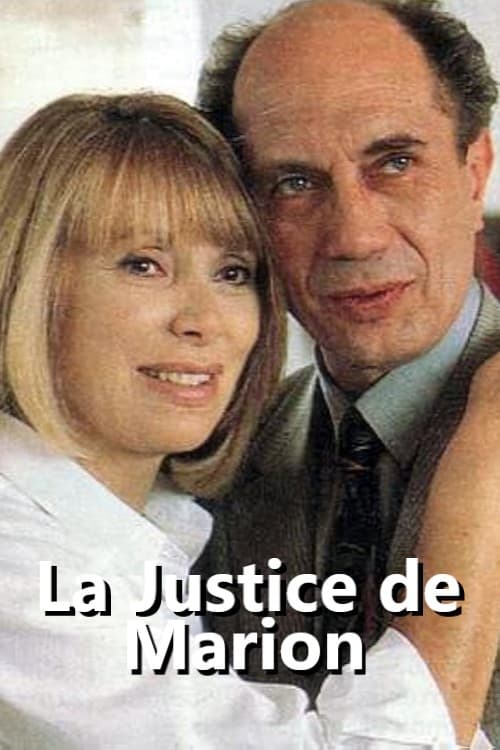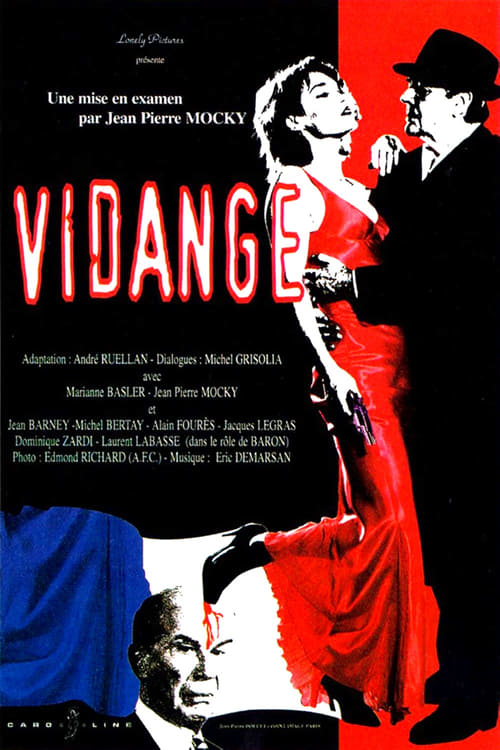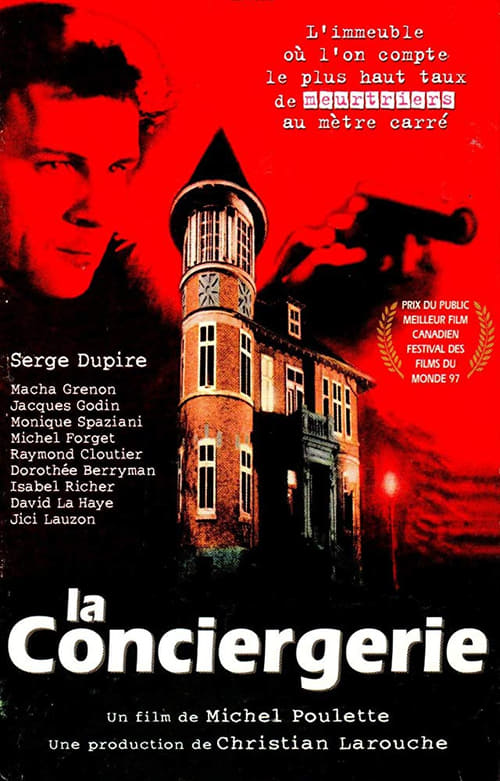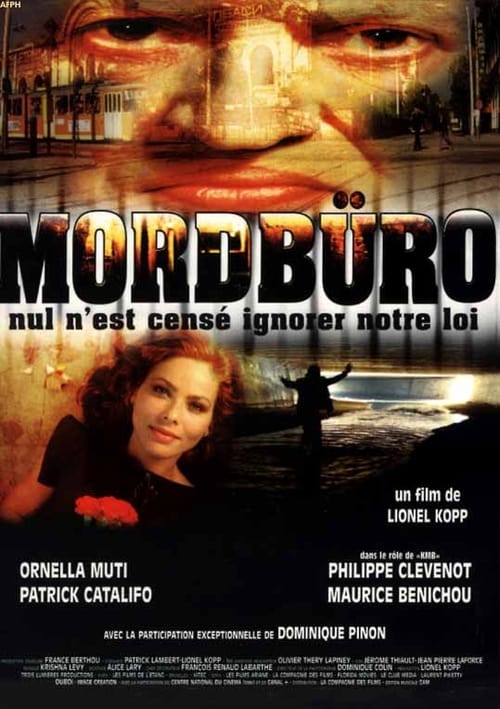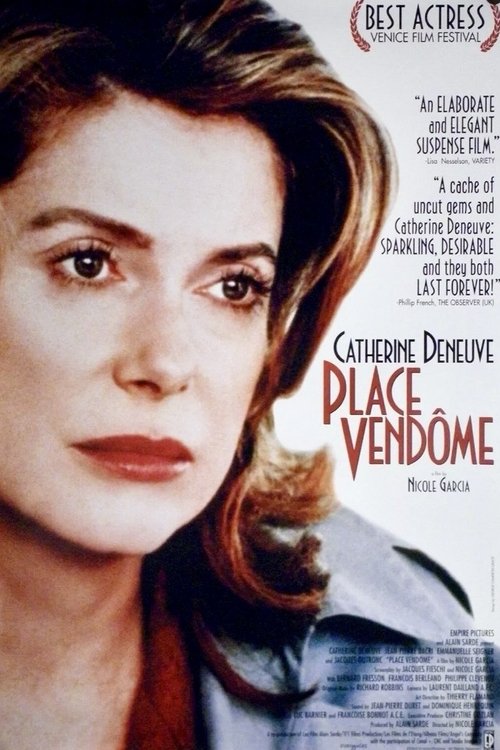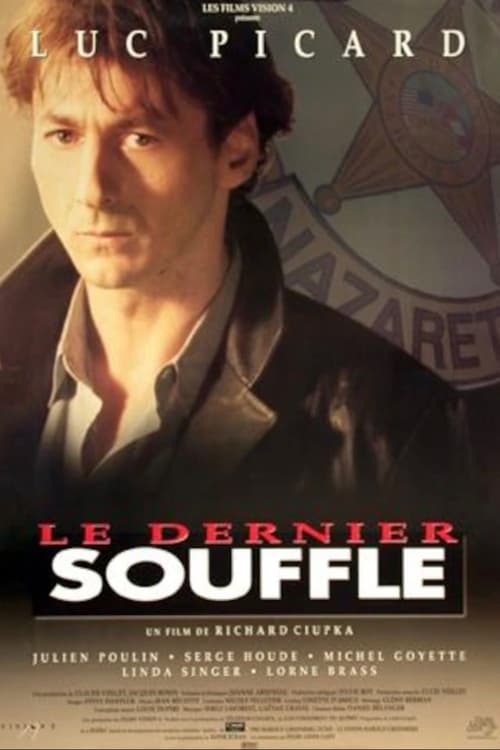
Ask Your Own Question
What is the plot?
In the gray light of a cold, indifferent morning in mid-1990s France, eighteen-year-old Frédéric is hauled off in handcuffs, his youthful face a mixture of confusion and defiance. Arrested for illicit drug use, he is processed into the Maison d'Arrêt de Saint-Quentin-en-Yvelines, a grim prison where the walls seem to close in on him like the weight of his own uncertain future. The sterile corridors echo with the muffled shouts and footsteps of hardened criminals, and Frédéric, barely a man, is thrust into this brutal microcosm of society's underbelly.
Inside the prison, Frédéric's world shifts dramatically. He is surrounded by a kaleidoscope of petty thieves, seasoned bank robbers, and cunning con artists, each with their own code and survival tactics. Among them, two figures stand out and soon become the axes around which his new life will revolve. Louis-Guy, a grizzled bank robber with a commanding presence, spots the young inmate's vulnerability and takes him under his wing. "You want to survive here, kid? You learn to read people, not just walls," Louis-Guy tells him one day, his voice low but firm. Louis-Guy becomes a mentor and a twisted father figure, teaching Frédéric the brutal lessons of prison politics and the criminal craft.
Alongside Louis-Guy is Damien, a slick, charismatic con artist whose sharp mind and quick tongue offer Frédéric a glimpse of a life beyond brute force--a life of cunning and deception. Damien's presence is magnetic, and soon Frédéric finds himself drawn into a partnership that promises excitement and danger. "The real game is not in the prison yard, but out there," Damien whispers during a rare quiet moment, gesturing vaguely toward the barred windows that frame the bleak sky.
Frédéric's time in prison is a crucible, stripping away his youthful naivety and forging a hardened criminal identity. He learns the unspoken hierarchies, the subtle signals of power and submission, and the cold calculus of trust and betrayal. The prison is both a cage and a classroom, and Frédéric absorbs its lessons with a mixture of fear and fascination.
After six months, the day of his release arrives. The gates of Saint-Quentin-en-Yvelines swing open, and Frédéric steps out into the world, no longer the boy who entered. His return home is fraught with tension. His father, an aging man burdened by disappointment and confusion, fails to understand the transformation his son has undergone. Their reunion is terse and distant. "You've changed, Frédéric. But not in a way I can follow," his father admits quietly, eyes clouded with sorrow.
Frédéric's attempts to reconnect with his past life falter. He visits Sophie, his girlfriend, who is auditioning for a casting call, a symbol of the normal life slipping further from his grasp. Their encounter is bittersweet, filled with unspoken regrets and the ghost of what might have been. The streets of Paris beckon, a sprawling labyrinth where freedom and danger intertwine.
Guided by Louis-Guy and Damien, Frédéric plunges headlong into a life of crime. The trio orchestrates a series of bank robberies, each meticulously planned and executed with a mix of audacity and precision. The adrenaline rush of these heists contrasts sharply with the bleakness of prison life, offering Frédéric a seductive taste of power and belonging. Yet, beneath the surface, the stakes escalate. The police surveillance tightens, and the criminal underworld's shadows grow darker.
Despite the veneer of camaraderie, cracks begin to show. Louis-Guy's hardened exterior masks a man haunted by his own demons, while Damien's charm conceals a ruthless streak. Frédéric starts to see the flaws in his mentors, the dangerous paths they tread. His internal struggle intensifies as he grapples with the consequences of his choices and the realization that the life he sought as an escape is itself a trap.
The film's tension builds as Frédéric's world spirals toward an uncertain climax. While specific violent confrontations or deaths are not graphically depicted, the atmosphere is thick with the threat of betrayal and downfall. The narrative focuses on Frédéric's psychological and moral journey rather than explicit violence, underscoring the emotional toll of his descent.
In the final scenes, Frédéric stands at a crossroads. The exhilaration of his criminal exploits is shadowed by isolation and despair. His relationships with Louis-Guy and Damien, once sources of strength, now feel like chains binding him to a perilous fate. The streets that once promised freedom now seem like a labyrinth with no exit.
The film closes on an ambiguous note, with Frédéric's future unresolved. The camera lingers on his face--a mixture of defiance, regret, and weary acceptance--as he walks away from the camera into the sprawling cityscape. The bars of the prison may be behind him, but the invisible bars of his choices and past remain. His story is a haunting reflection on the difficulty of escaping one's origins and the cyclical nature of crime and punishment.
No character deaths are explicitly detailed in the available sources, and no final violent confrontations conclude the story. Instead, the film's power lies in its intimate, autobiographical portrayal of a young man's search for identity amid the harsh realities of the criminal world, framed by the mentorship of flawed figures and the cold indifference of society.
Thus, Mémoires d'un jeune con ends not with a dramatic showdown but with the quiet, unsettling truth that for Frédéric, the journey has only just begun--and the road ahead is fraught with shadows and uncertainty.
What is the ending?
In the ending of "Mémoires d'un jeune con," the protagonist, a young man named Antoine, reflects on his life choices and the relationships he has navigated. He confronts the consequences of his actions, particularly regarding his romantic entanglements and friendships. The film concludes with a sense of resignation and acceptance of his youthful mistakes, leaving him to ponder the lessons learned as he moves forward.
As the film approaches its conclusion, we find Antoine in a moment of introspection. The scenes unfold in a series of contemplative vignettes that capture his emotional state.
Scene 1: Antoine is sitting alone in a café, the ambiance around him buzzing with life, yet he feels isolated. He stares into his coffee, lost in thought, reflecting on the tumultuous relationships he has experienced. The camera captures the flickering candlelight, casting shadows that mirror his internal conflict. He recalls moments of passion and heartbreak, particularly with his love interest, who has been a significant part of his journey.
Scene 2: Flashbacks intersperse with the present, showing Antoine's interactions with his friends and lovers. We see him in heated arguments, moments of joy, and instances of betrayal. Each memory is tinged with a sense of nostalgia and regret, emphasizing the youthful impulsiveness that has led him to this point. The emotional weight of these memories is palpable, as Antoine grapples with the realization that his actions have consequences.
Scene 3: The narrative shifts to a confrontation with his closest friend, who has been a constant presence throughout the film. They meet in a park, where the atmosphere is heavy with unspoken words. Antoine's friend expresses disappointment in Antoine's choices, urging him to take responsibility for his life. This moment is charged with tension, as Antoine feels the sting of truth in his friend's words. He struggles to articulate his feelings, caught between defensiveness and the desire for understanding.
Scene 4: As the sun sets, casting a warm glow over the park, Antoine finally opens up about his fears and insecurities. He admits to feeling lost and unsure of his future. His friend listens, offering support but also challenging Antoine to confront his past. This exchange serves as a turning point for Antoine, who begins to understand the importance of accountability and growth.
Scene 5: The film culminates in a poignant scene where Antoine visits the places that hold memories of his past relationships. He stands outside the apartment of his former love, reflecting on what could have been. The weight of his choices hangs heavy in the air, and he acknowledges the pain he has caused others. In this moment of clarity, Antoine resolves to learn from his mistakes, vowing to approach life with a newfound sense of maturity.
Scene 6: The final moments of the film show Antoine walking away from the apartment, a sense of determination in his stride. The camera captures his silhouette against the fading light, symbolizing both an ending and a new beginning. As he steps into the future, there is a sense of hope that he will carry the lessons of his youth with him, shaping him into a more thoughtful and responsible individual.
In the end, Antoine's journey is one of self-discovery and acceptance. The fate of the main characters reflects the complexities of youth, love, and friendship, leaving the audience with a sense of bittersweet resolution. Antoine's path forward is uncertain, but he is now equipped with the understanding that growth often comes from the mistakes of the past.
Is there a post-credit scene?
The movie "Mémoires d'un jeune con," produced in 1996, does not feature a post-credit scene. The film concludes its narrative without any additional scenes or content after the credits roll. The story wraps up with the protagonist reflecting on his experiences and the lessons learned throughout his tumultuous journey, leaving the audience with a sense of closure regarding his character development and the themes explored in the film.
What are the main character's motivations throughout the film?
The main character, a young man named Antoine, is driven by a desire for freedom and self-discovery. He grapples with the constraints of societal expectations and the pressures of adulthood, leading him to rebel against authority and seek out experiences that define his identity.
How does Antoine's relationship with his parents evolve during the film?
Antoine's relationship with his parents is strained, marked by misunderstandings and a lack of communication. As the film progresses, he begins to confront his parents' expectations and their differing views on life, leading to moments of conflict but also opportunities for reconciliation.
What role do Antoine's friendships play in his journey?
Antoine's friendships are crucial to his development; they provide him with a sense of belonging and a support system as he navigates the challenges of youth. His interactions with friends often reflect his internal struggles and serve as a contrast to his solitary moments of introspection.
How does the setting influence Antoine's experiences and choices?
The film is set in a vibrant urban environment that mirrors Antoine's chaotic emotional state. The bustling streets, cafes, and nightlife serve as a backdrop for his adventures and misadventures, highlighting the allure and pitfalls of city life as he seeks to carve out his own path.
What significant events lead to Antoine's moments of self-reflection?
Key events, such as confrontations with authority figures, romantic entanglements, and moments of solitude, prompt Antoine to reflect on his choices and the direction of his life. These moments often lead to emotional breakthroughs, where he questions his values and the impact of his actions on himself and others.
Is this family friendly?
"Mémoires d'un jeune con," produced in 1996, is a film that explores themes of adolescence, rebellion, and the complexities of growing up. While it offers a humorous and nostalgic look at youth, it does contain elements that may not be suitable for all audiences, particularly children or sensitive viewers.
Potentially objectionable or upsetting aspects include:
-
Language: The film features strong language and crude humor that may not be appropriate for younger viewers.
-
Sexual Content: There are scenes that involve sexual situations and innuendos, which may be uncomfortable for children or sensitive audiences.
-
Substance Use: The characters engage in smoking and drinking, which could be concerning for younger viewers.
-
Rebellious Behavior: The film portrays acts of rebellion against authority, which may include vandalism or disrespectful behavior that some parents might find objectionable.
-
Emotional Turmoil: The protagonist experiences feelings of confusion, loneliness, and frustration, which could resonate deeply with sensitive viewers.
Overall, while the film captures the essence of youthful experiences, its mature themes and content may not be suitable for a family-friendly viewing experience.

